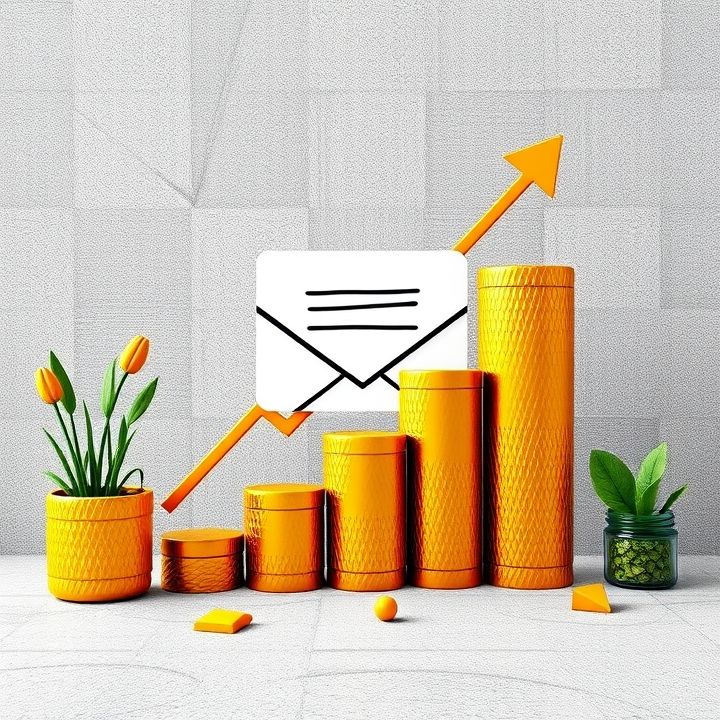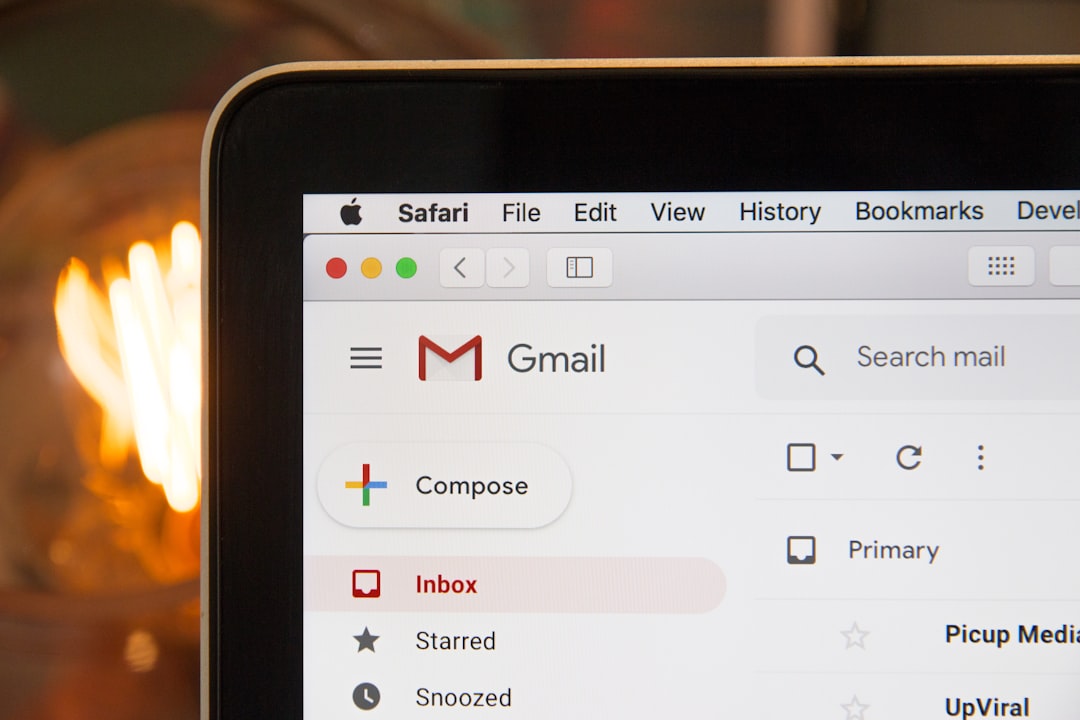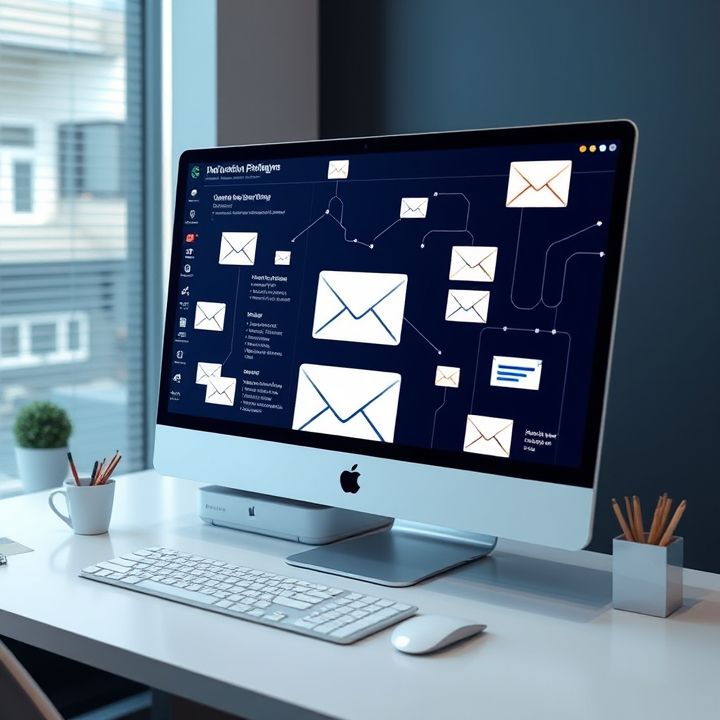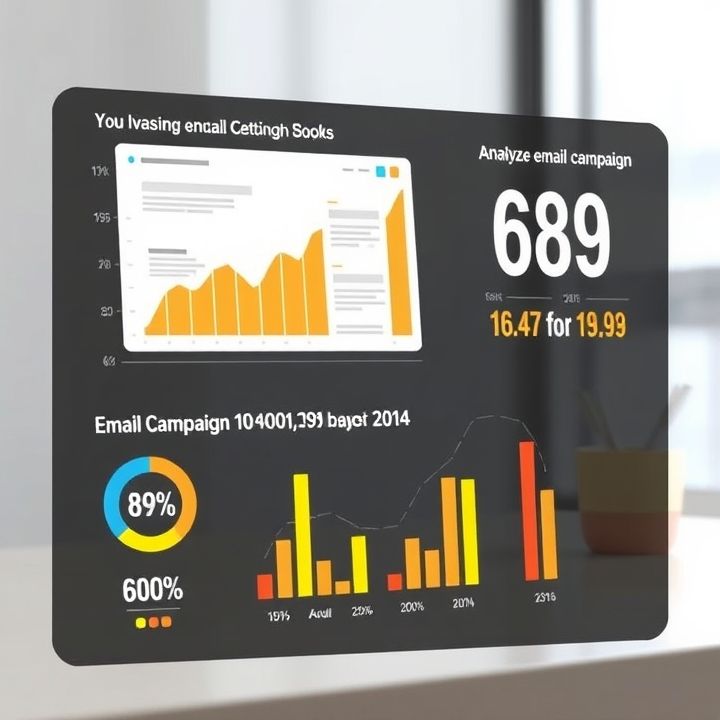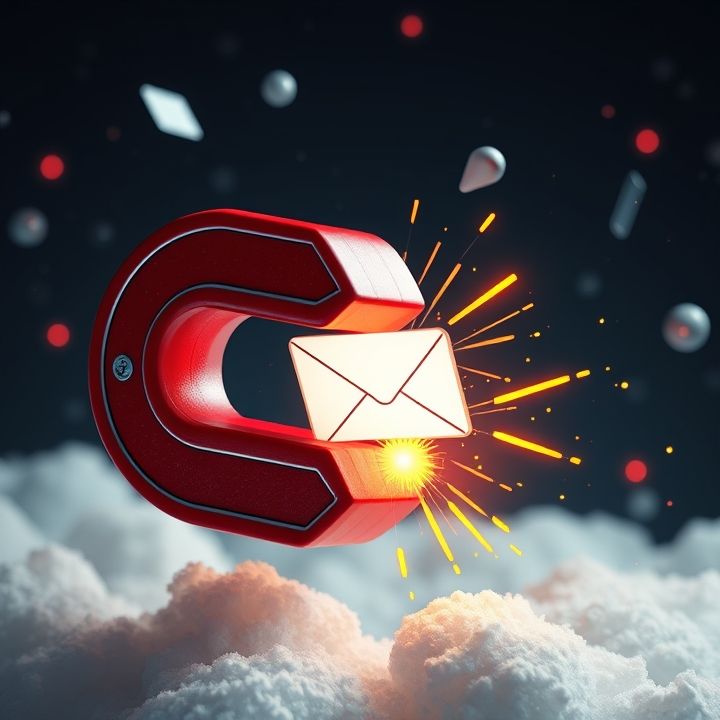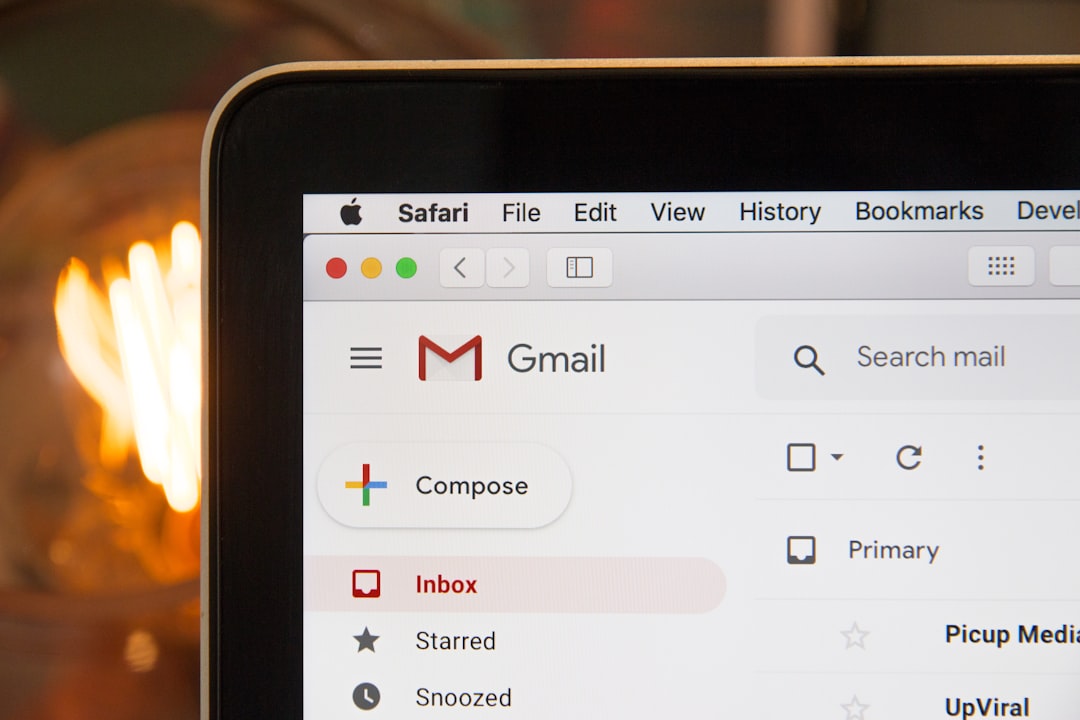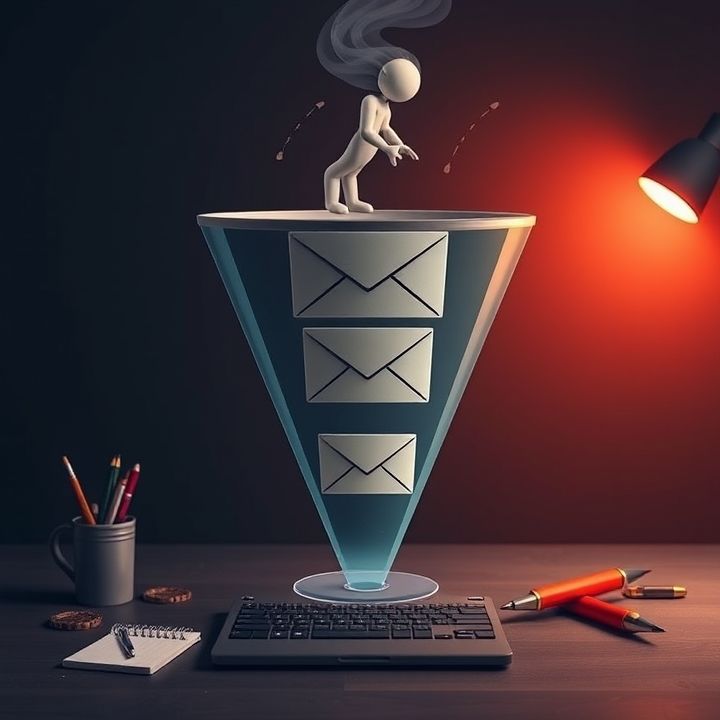Table of Contents
- Introduction
- Identifying common email marketing mistakes
- Analyzing the impact and extent of the error
- Immediate corrective actions to take
- Utilizing data and metrics to assess damage
- Communicating transparently with subscribers
- Implementing solutions to prevent future errors
- Leveraging A/B testing for future campaigns
- Rebuilding trust and credibility with your audience
- Conclusion
- Frequently Asked Questions
Introduction
Email marketing holds immense potential, but even the most seasoned marketers have faced moments when campaigns have gone terribly wrong. Imagine crafting the perfect message, only to watch your hard work crumble. Yet, fear not, as every marketing disaster offers a silver lining: an opportunity to learn, adapt, and come back stronger.
In this article, we delve into some of the most catastrophic email marketing blunders—ranging from outrageous subject lines to mismanaged subscriber lists. Our ultimate guide ensures that whether you’re a novice or a seasoned pro, you’ll gain the insights needed to transform errors into steppingstones towards success.
Here’s a quick glimpse at what you’ll discover:
| Topic | Highlight |
|---|---|
| Email Disasters | Common pitfalls and how to navigate them |
| Bounce Back Strategies | Practical steps to recover and improve |
| Case Studies | Real-world examples and key takeaways |
So, buckle up and get ready to transform those email marketing catastrophes into triumphs. Your roadmap to reclaiming your marketing prowess starts here!
Identifying common email marketing mistakes
Email marketing can be a powerful tool, but it’s not without its pitfalls. Identifying common mistakes is the first step towards improving your strategy. One prevalent error is failing to segment your audience. Sending the same message to your entire list can lead to disengagement, as not all content will be relevant to every recipient. Personalization is key, and lack of it is another common mistake. Using a generic ‘Dear Customer’ instead of personal names in greetings can make your emails feel impersonal.
Another oversight is neglecting mobile optimization. With a growing number of users accessing emails on mobile devices, it’s crucial to ensure your emails display correctly on smaller screens. Ignoring analytics is also a frequent mistake. Not paying attention to open rates, click-through rates, and conversions can leave you in the dark about what works and what doesn’t in your campaigns.
Overloading emails with unneccessary information or having unclear calls to action can overwhelm recipients, leading to abandonment. Finally, failing to test your emails before sending them can result in broken links, typos, and layout issues, damaging your credibility. Addressing these mistakes can lead to more successful email marketing efforts.
Analyzing the impact and extent of the error
When an email marketing mistake occurs, one of the first steps is to analyze the impact and extent of the error. This involves thoroughly reviewing the mishap to understand its ramifications. Assessing whether the error affected the email’s content, target audience, or included incorrect information is crucial. For instance, errors in links or discount codes directly impact customer experience and engagement.
Next, quantifying the extent of the error through metrics such as open rates, click-through rates, and unsubscribe rates helps gauge the negative impact. Comparing these statistics to normal levels can reveal anomalies, indicating the severity of the issue. Additionally, analyzing customer feedback and responses is vital in understanding their perception and reaction. This can provide insights into potential damages to brand reputation or trust.
Another aspect to consider is identifying which segment of your audience was affected. Pinpointing whether it was a general newsletter, or a targeted campaign helps tailor subsequent corrective actions. Understanding the scope aids in determining the resources required for recovery.
Thorough analysis of what went wrong not only aids in mitigating current errors but also helps in preventing future ones. Learning becomes an integral part of optimizing future email marketing campaigns.
Immediate corrective actions to take
When an email marketing campaign goes awry, taking immediate corrective action is crucial in mitigating damage. First, assess the mistake promptly and acknowledge it honestly to your audience. Transparency fosters trust and prevents further damage. If an email was sent with incorrect information, send a correction email with an apology and accurate details as soon as possible. Use a clear subject line to indicate it’s a correction.
Next, monitor your email analytics closely. Assess metrics such as open rates and click-through rates to understand the impact of the error. This analysis will help in determining the scope of the issue and guiding subsequent steps. Additionally, engage with your audience on social media platforms to clarify any misunderstandings and reassure followers.
Moreover, gather feedback from team members to identify what went wrong and how similar mistakes can be prevented. This can involve reviewing processes, investing in training, or adopting new tools. Taking swift, corrective actions while learning from mistakes ensures long-term success in your email marketing strategies.
Utilizing data and metrics to assess damage
Utilizing data and metrics is crucial in assessing damage after encountering mistakes in email marketing. The first step is to dive deep into email analytics. Metrics such as open rates, click-through rates, bounce rates, and unsubscribe rates can shed light on the impact of a mistake. A sudden drop in open rates, for instance, may indicate a subject line or content issue that needs to be addressed.
Click-through rates can help assess how engaging the content was despite any errors. Additionally, monitoring unsubscribe rates closely can reveal if the mistake negatively affected the email list’s overall perception or trust in your brand.
Another significant step is to use A/B testing to experiment with different strategies based on what the data suggests. For example, if a particular email title performed poorly, A/B testing new titles can provide insights into what resonates better with the audience.
It’s also vital to compare the current metrics against past email campaigns to identify specific areas of concern or deviation. This analysis will enable teams to pinpoint what went wrong and devise strategies to prevent similar issues in future campaigns, ensuring that the ROI on email marketing endeavors improves over time.
Communicating transparently with subscribers
When faced with email marketing mistakes or failures, communication with your subscribers is crucial. Ensuring transparency helps maintain trust and credibility with your audience. Start by acknowledging the mistake openly. A genuine admission can go a long way in smoothing over any negative feelings. Clearly explain what went wrong, whether it was a technical glitch, content error, or an oversight. Providing a brief yet comprehensive explanation not only demonstrates responsibility but also reassures your subscribers of your commitment to quality.
Apologizing sincerely is another vital step. An apology shows respect for your subscribers’ time and attention. Follow up by informing them of the measures being taken to prevent future occurrences. This not only shows that you are proactive but also keeps the lines of communication open.
Additionally, depending on your brand’s voice, adding a touch of humor or offering a small token of goodwill, such as a discount or exclusive content, can help in mending the situation. Ultimately, transparent communication confirms that while mistakes may happen, your dedication to your audience’s experience remains unwavering. Such honesty not only enhances customer loyalty but also strengthens your brand’s reputation in the long run.
Implementing solutions to prevent future errors
Implementing solutions to prevent future errors in email marketing is crucial to maintain credibility and effectiveness in campaigns. One effective strategy is to establish a thorough checklist that includes key elements such as audience segmentation, personalization, and content accuracy, ensuring that no aspect is overlooked. Additionally, investing in automated tools can help streamline processes by scheduling emails and providing analytics for performance tracking. Regular training sessions for the marketing team can also enhance their skills and awareness, reducing the likelihood of errors.
It is equally important to conduct regular audits of your email lists to eliminate outdated or incorrect information, thus improving deliverability and engagement rates. A/B testing different elements like subject lines and content can offer insights into what resonates best with your audience, allowing for continuous improvement. Establishing robust feedback mechanisms to capture insights from team members and recipients can further refine your approach. By implementing these solutions, marketers can effectively mitigate risks and enhance the overall success of email marketing initiatives.
Leveraging A/B testing for future campaigns
Leveraging A/B testing for email marketing campaigns is a powerful strategy that can significantly enhance future campaign performance. A/B testing involves creating two variations of an email to identify which version yields better results. This approach allows marketers to compare subject lines, email content, call-to-action buttons, and even send times to determine what resonates most with their audience. By analyzing the results of these tests, marketers gain valuable insights into audience preferences and behaviors.
The process starts with formulating a hypothesis about what might improve engagement, such as changing the email layout or tweaking the messaging. After running the tests, it’s crucial to measure key metrics like open rates, click-through rates, and conversions to understand which variation performed better. Consistent A/B testing refines your understanding of audience preferences, guiding the optimization of future emails.
Moreover, the insights gained from A/B testing extend beyond immediate campaign improvements. They contribute to a deeper understanding of customer behavior, informing the overall email marketing strategy. By continuously applying A/B testing, businesses can adapt to changing audience expectations, ultimately driving more effective and successful email marketing campaigns in the future.
Rebuilding trust and credibility with your audience
Rebuilding trust and credibility with your audience after an email marketing mistake involves several strategic steps. First, transparency is key. Acknowledge the error openly and honestly, while providing a concise and sincere apology. Stakeholders appreciate honesty, and it helps to mend the initial trust gap created by the mistake.
Second, provide clarity by explaining what went wrong and the steps you’re taking to prevent future issues. This not only demonstrates responsibility but also assures your audience that you are committed to improving.
After addressing the mistake, it’s time to focus on delivering value consistently. Send content that is relevant, timely, and helpful to re-engage your audience. Show them that you understand their needs and preferences.
Another effective strategy is to invite feedback. This not only involves your audience in the recovery process but also provides insights into how you can better meet their expectations. Offering a small token of appreciation, such as discounts or exclusive content, can also help re-establish goodwill.
Lastly, patience is crucial. Rebuilding trust doesn’t happen overnight, but with persistence and consistent engagement, it’s possible to restore credibility and strengthen relationships with your audience.
Conclusion
In conclusion, navigating the challenges of email marketing disasters may seem daunting, but with the right strategies, you can not only recover but thrive. By identifying common mistakes such as poor segmentation, lack of personalization, and ignoring analytics, you lay the groundwork for improvement. It is crucial to assess the impact of errors using data and metrics, which will guide your immediate corrective actions. Transparent communication with your subscribers is vital to maintaining trust and credibility during mishaps. Implementing preventive measures such as thorough checklists, automated tools, and regular training can effectively minimize future errors. Leveraging A/B testing offers valuable insights into audience preferences, ensuring continuous optimization and success in future campaigns. Lastly, rebuilding trust takes time, but with patience, consistency, and value-driven content, you can strengthen your relationship with your audience. Ultimately, learning from past mistakes and adapting to feedback will guide you toward a more robust and effective email marketing strategy.

